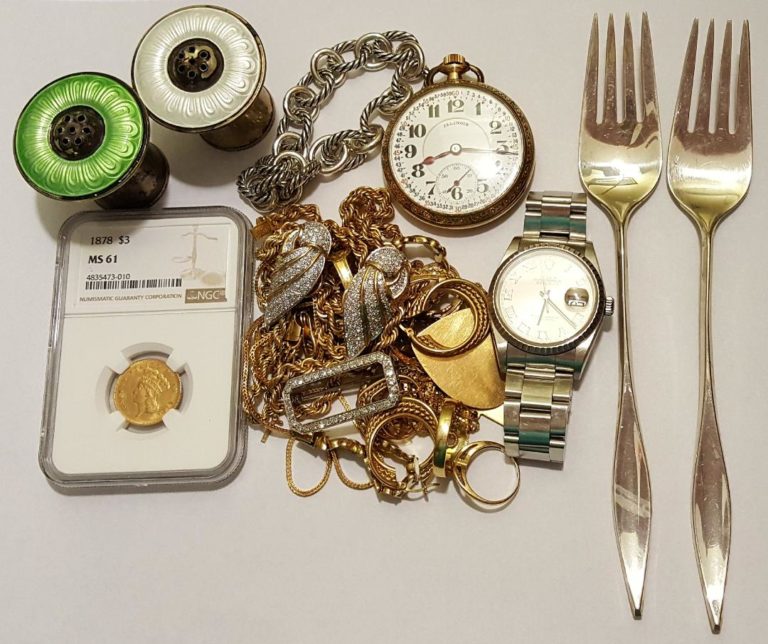Establishing the Actual Value of Your Jewelry Collection for a Successful Transaction
Wiki Article
When it relates to retailing jewelry, understanding its true value is crucial to achieving a profitable sale. Jewelry can carry substantial sentimental and financial worth, so knowing how to assess its worth can help owners make informed choices. Various elements influence the value of jewelry, including the composition, brand reputation, buyer interest, and overall condition of the piece. By taking into account these aspects, sellers can ensure they set a appropriate price that reflects the jewelry’s genuine value.

The first step in determining the worth of ornaments is identifying its components. Most jewelry is made from valuable alloys like gold, the white metal, or the noble metal. The purity of these materials, measured in carats for the precious yellow metal and as a proportion for silver and platinum alloy, plays a significant role in pricing. Additionally, precious stones such as brilliants, emeralds, or sapphires contribute to the overall worth of a piece. Characteristics such as the size, hue, clarity, and cut of stones are essential when assessing their value. Understanding these aspects allows owners to gain insight into what their ornaments might be worth on the open exchange.
An additional key factor to evaluate is the label or maker of the jewelry. Renowned brands often command premium rates due to their standing for quality and artistry. For instance, items made by established creators or luxury brands may carry a premium value versus similar pieces from lesser-known manufacturers. Collectors and buyers often pursue specific brands for their financial appeal and desirability. Thus, researching the heritage and market presence can offer important information regarding valuation approaches.
Market demand also plays a significant role in establishing ornaments’ value. Trends in fashion can greatly influence what kinds of pieces are favored at any particular moment. Specific styles may be sought after during specific times or events, impacting how much buyers are willing to pay. It is essential for sellers to remain aware of current trends and industry factors to make informed decisions about when best when selling their jewelry. Seeking advice from professionals or evaluators can offer insights into what pieces are most sought after, assisting owners maximize their return.
Finally, the state of the jewelry must be evaluated before seeking to sell it. Pieces that are well-maintained and free from damage will typically fetch higher prices than those that show signs of wear or require repairs. Polishing and restoring jewelry can enhance its appearance and increase its marketability. top article Moreover, having original packaging or certification for precious stones can add additional value. Sellers should always be transparent about the condition of their items when marketing them to potential buyers.
To summarize, establishing the actual worth of ornaments requires a thorough understanding of its materials, designer prestige, click this buyer interest, and general state. By carefully assessing these elements, individuals can set appropriate valuations that reflect their jewelry's worth while appealing to prospective purchasers. A knowledge-based strategy not only ensures a successful sale but also helps owners maintain assurance in their valuation choices. Be it planning to resell a cherished family heirloom or an investment piece, taking the time to assess its true value is crucial for securing rewarding results in the marketplace.